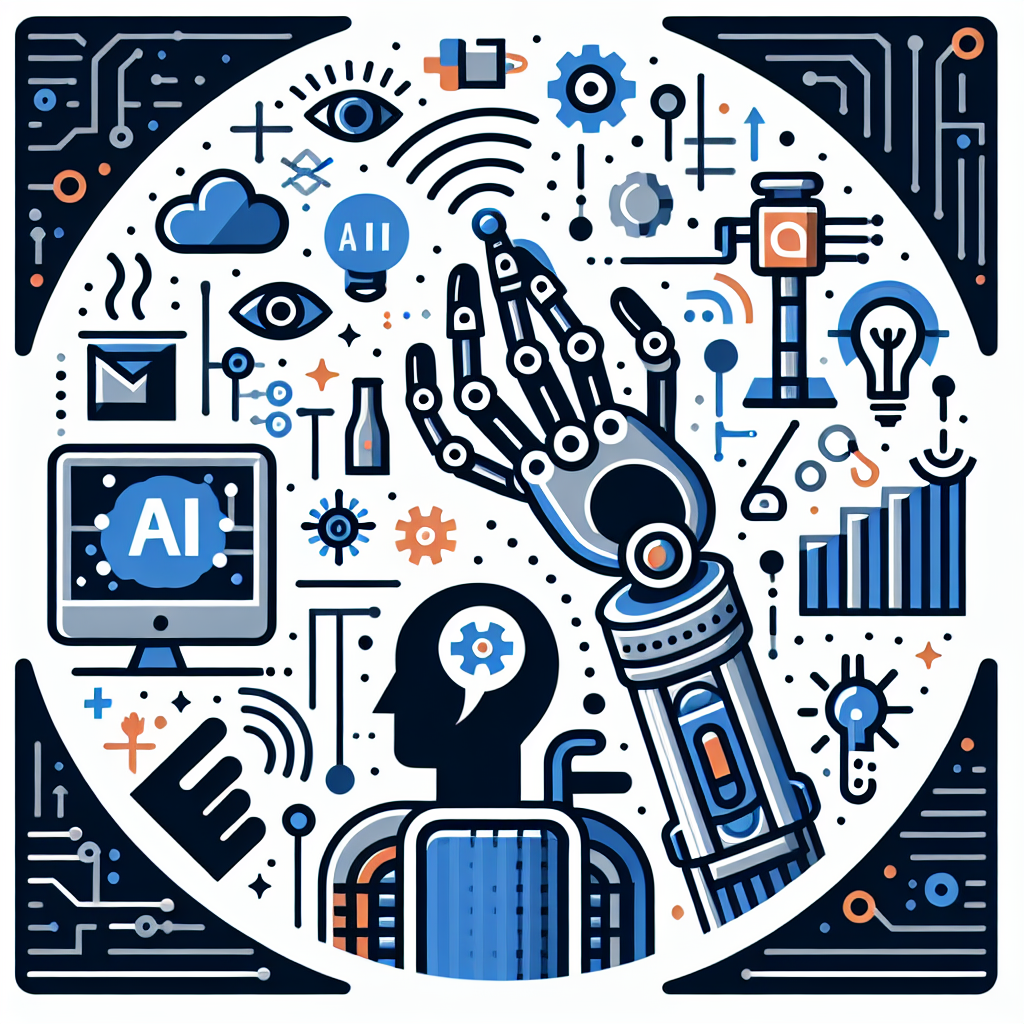Artificial Intelligence (AI) tools have been making significant strides in improving accessibility for people with disabilities. From speech recognition to image recognition, AI technologies are revolutionizing the way individuals with disabilities interact with the world around them. In this article, we will explore how AI tools are being used to enhance accessibility for people with disabilities, as well as some frequently asked questions about this exciting field.
One of the most significant ways in which AI tools are improving accessibility for people with disabilities is through speech recognition technology. For individuals with mobility impairments or visual impairments, speech recognition software can be a game-changer. These tools allow users to control their devices, navigate the internet, and even communicate with others using only their voice.
Speech recognition technology is also being used to create more inclusive work environments. For example, AI-powered transcription services can automatically transcribe meetings, presentations, and other spoken content in real-time, making it easier for employees with hearing impairments to participate fully in the workplace.
Another area where AI tools are making a difference is in image recognition technology. For individuals who are blind or have low vision, image recognition software can provide valuable information about their surroundings. This technology can be used to identify objects, read text, and even describe the emotions of people in a photo.
For example, apps like Seeing AI, developed by Microsoft, use AI algorithms to describe the world to users who are blind or have low vision. By simply pointing their phone’s camera at an object, the app can provide auditory feedback about what it sees, helping users navigate their environment more independently.
In addition to speech and image recognition, AI tools are also being used to create more accessible websites and applications. For example, AI-powered chatbots can provide instant support to users with disabilities, guiding them through the interface and answering their questions in real-time.
Moreover, AI algorithms can analyze the accessibility of a website or application and provide recommendations for improvement. This can help developers ensure that their products are usable by individuals with a wide range of disabilities, from visual impairments to motor impairments.
Overall, AI tools are playing a crucial role in improving accessibility for people with disabilities. By leveraging the power of artificial intelligence, individuals with disabilities can lead more independent and fulfilling lives, both in the workplace and in their daily activities.
FAQs:
Q: How can AI tools improve accessibility for people with disabilities in the workplace?
A: AI tools can improve accessibility in the workplace by providing speech recognition software for individuals with mobility impairments, image recognition technology for those who are blind or have low vision, and transcription services for employees with hearing impairments.
Q: Are AI-powered chatbots effective in providing support to users with disabilities?
A: Yes, AI-powered chatbots can be highly effective in providing instant support to users with disabilities. These chatbots can guide users through websites and applications, answer their questions in real-time, and provide personalized assistance based on the user’s specific needs.
Q: How can AI algorithms analyze the accessibility of a website or application?
A: AI algorithms can analyze the accessibility of a website or application by scanning the interface for potential barriers to accessibility. These algorithms can identify issues such as missing alt text for images, poorly structured headings, and insufficient color contrast, and provide recommendations for improvement.
Q: What are some examples of AI tools that are improving accessibility for people with disabilities?
A: Some examples of AI tools that are improving accessibility for people with disabilities include speech recognition software, image recognition technology, AI-powered chatbots, and transcription services. Apps like Seeing AI by Microsoft and chatbots like IBM Watson are just a few examples of how AI is being used to enhance accessibility for individuals with disabilities.

